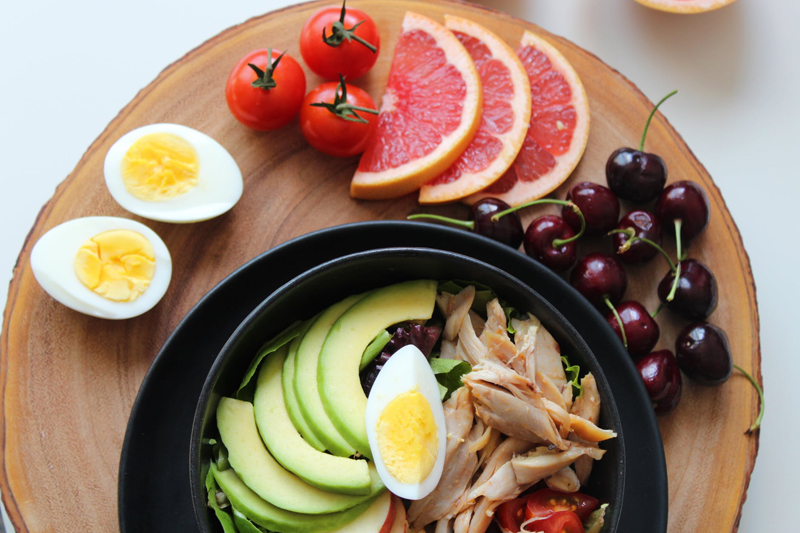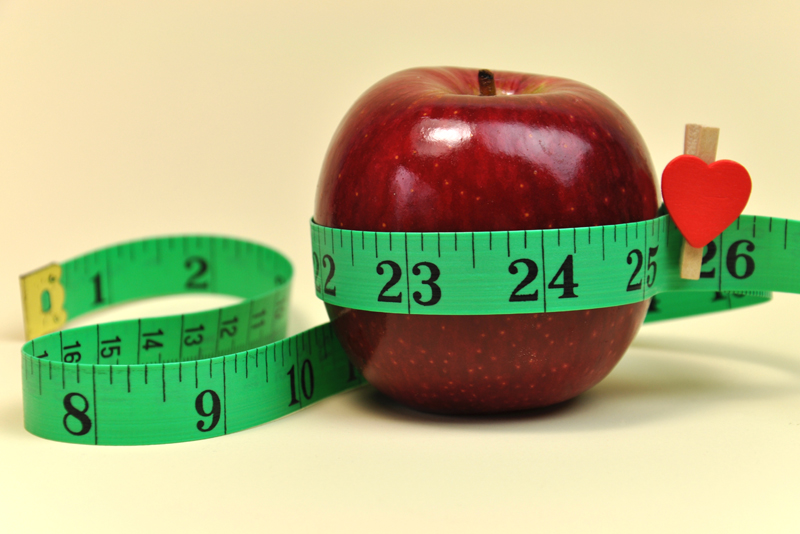Using a Low Carb Count Chart

One of the confusing things for newcomers to the low carb world is the carb count of foods. How do you know which foods are good and which are bad? This is where a carb count chart comes into use.
When you read about the Basics of a Low Carb Diet, you learn why carbs have negative effects on your blood sugar levels and your health in general. The aim of a low carb diet is to control the amount of carbohydrates a day you eat. Usually you begin at a level of 20g or less of carbohydrates a day, and then move up to anywhere between 50g and 90g a day for ongoing healthy living.
This is actually VERY easy to do if you begin to eat healthily. Most modern diets are full of carbs because people drink gallons of soda a day, eat candies, gorge on potato chips and fritoes. If you cut out all that sugar and junk food, the healthy foods that are left are naturally low carb for the most part.
Here are lists of specific foods and their carb counts. Don't be intimidated by trying to track all the items! After a few days this will become quite easy. It's like looking at a celery stick and thinking "healthy" and then looking at a Twinkie and thinking "unhealthy". Once you get the hang of it, it'll be VERY simple to remember a general range that each food type falls into.
For example, most beer falls into the 5-8g/bottle range, most wines fall into the 2-3g/glass range, and most cocktails are 0g!
Alcohol Carb Chart
Berry Carb Chart
Cocktail Ingredient Carb Chart
Condiments Carb Chart
Fruit Carb Chart
Low Carb Beer Comparison Chart
Meat and Poultry Carb Chart
Milk and Dairy Carb Chart
Nuts and Seeds Carb Chart
Pasta, Grains and Rice Carb Chart
Seafood Carb Chart
Vegetables Carb Chart
Basics of a Low Carb Diet

Lisa Shea's Library of Low Carb Books
When you read about the Basics of a Low Carb Diet, you learn why carbs have negative effects on your blood sugar levels and your health in general. The aim of a low carb diet is to control the amount of carbohydrates a day you eat. Usually you begin at a level of 20g or less of carbohydrates a day, and then move up to anywhere between 50g and 90g a day for ongoing healthy living.
This is actually VERY easy to do if you begin to eat healthily. Most modern diets are full of carbs because people drink gallons of soda a day, eat candies, gorge on potato chips and fritoes. If you cut out all that sugar and junk food, the healthy foods that are left are naturally low carb for the most part.
Here are lists of specific foods and their carb counts. Don't be intimidated by trying to track all the items! After a few days this will become quite easy. It's like looking at a celery stick and thinking "healthy" and then looking at a Twinkie and thinking "unhealthy". Once you get the hang of it, it'll be VERY simple to remember a general range that each food type falls into.
For example, most beer falls into the 5-8g/bottle range, most wines fall into the 2-3g/glass range, and most cocktails are 0g!
Alcohol Carb Chart
Berry Carb Chart
Cocktail Ingredient Carb Chart
Condiments Carb Chart
Fruit Carb Chart
Low Carb Beer Comparison Chart
Meat and Poultry Carb Chart
Milk and Dairy Carb Chart
Nuts and Seeds Carb Chart
Pasta, Grains and Rice Carb Chart
Seafood Carb Chart
Vegetables Carb Chart
Basics of a Low Carb Diet

Lisa Shea's Library of Low Carb Books

Related Articles
Editor's Picks Articles
Top Ten Articles
Previous Features
Site Map
Follow @LisaLowCarb
Tweet
Content copyright © 2023 by Lisa Shea. All rights reserved.
This content was written by Lisa Shea. If you wish to use this content in any manner, you need written permission. Contact Lisa Shea for details.










